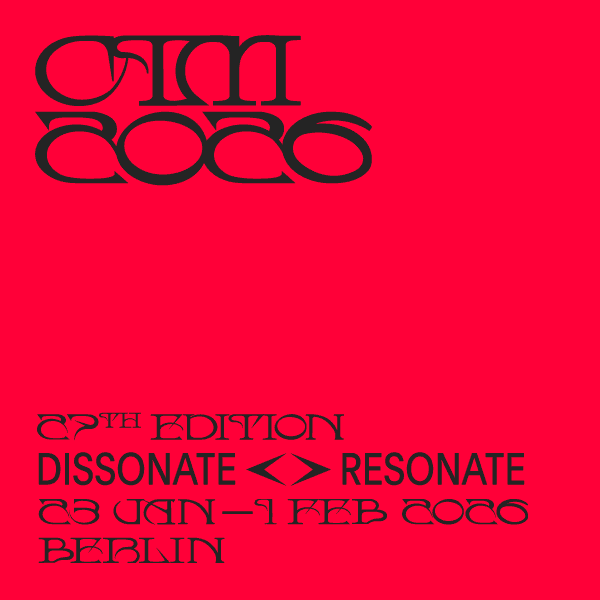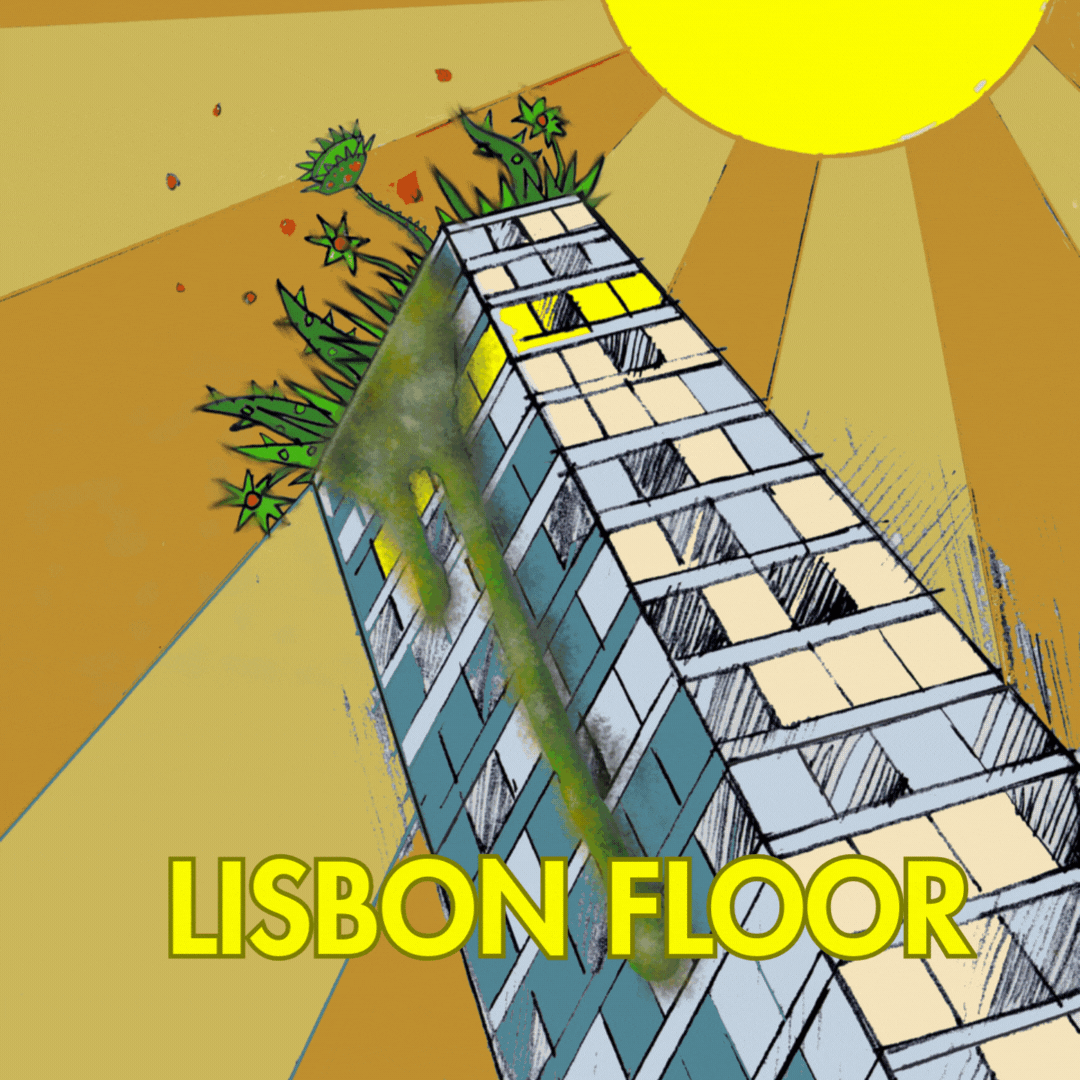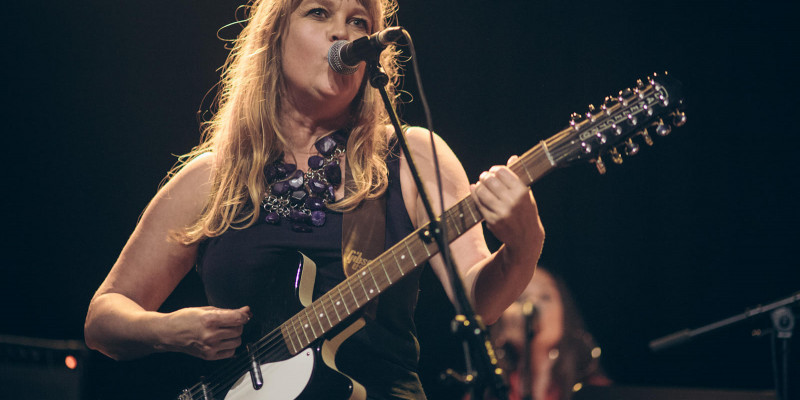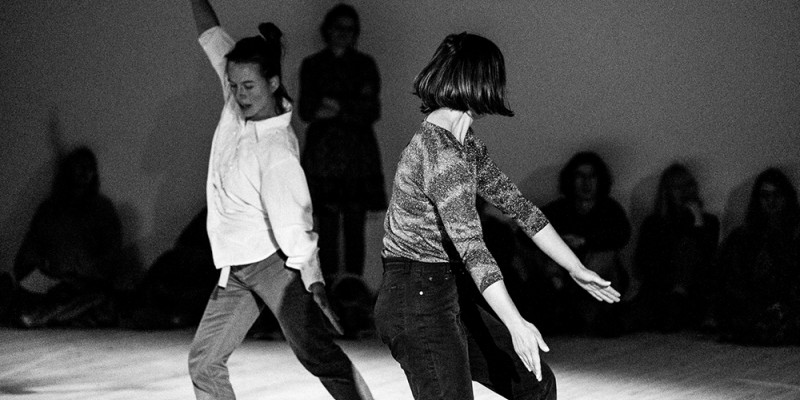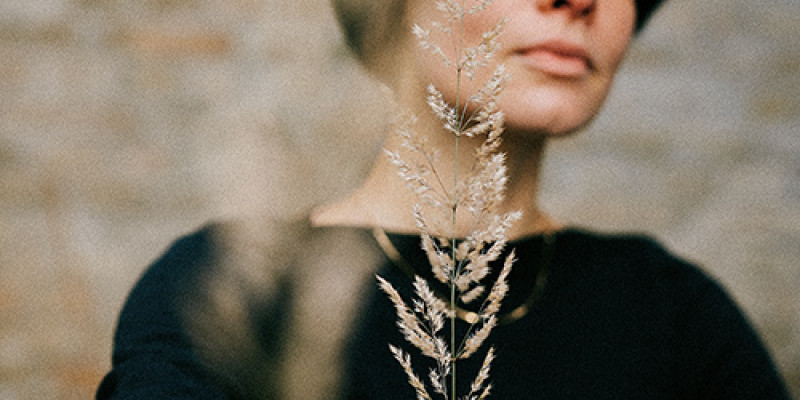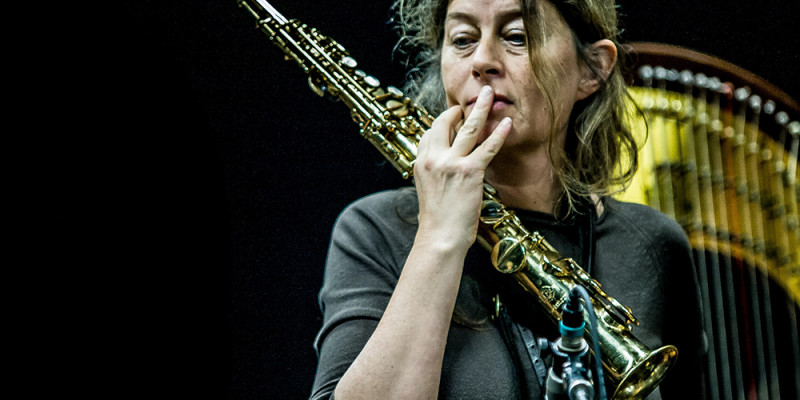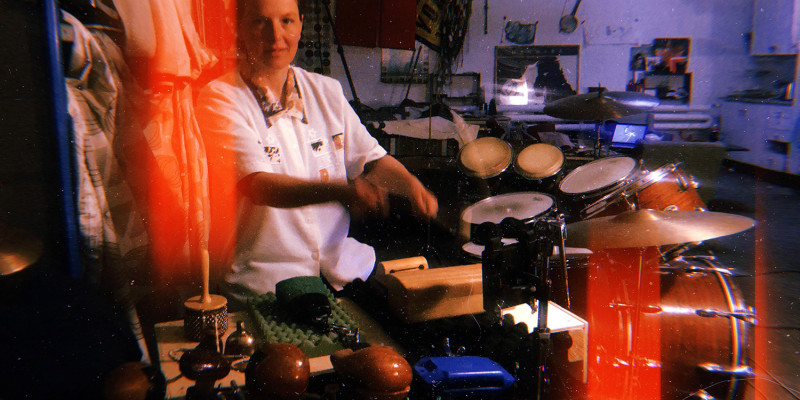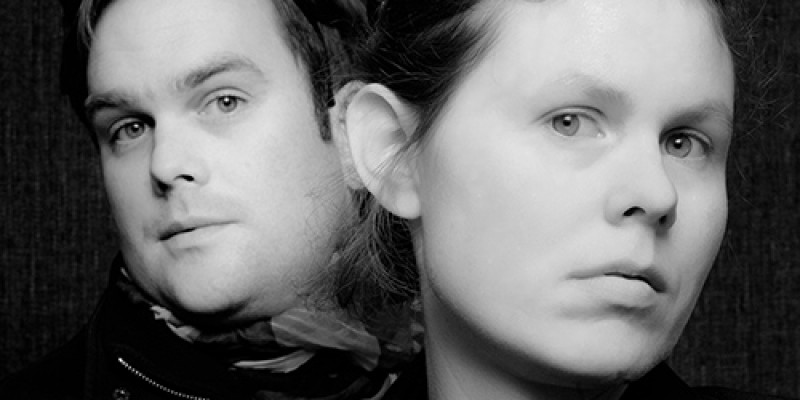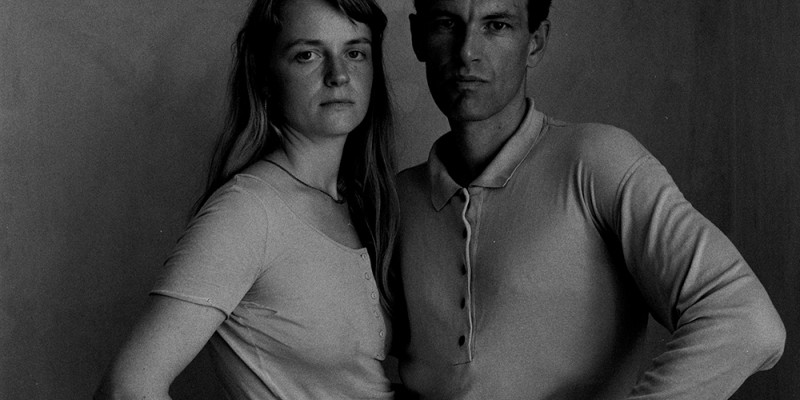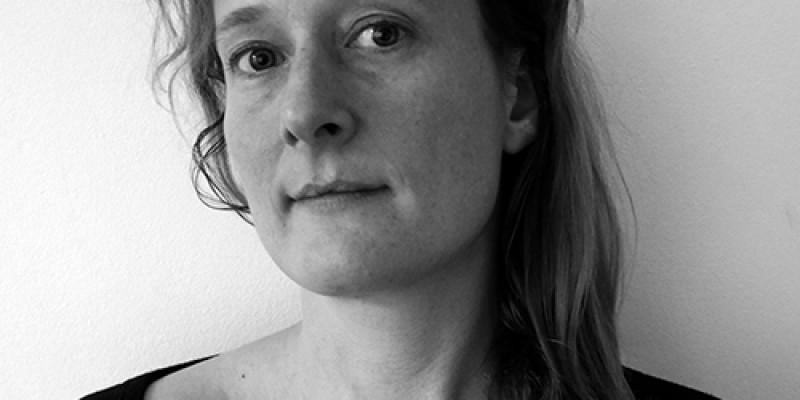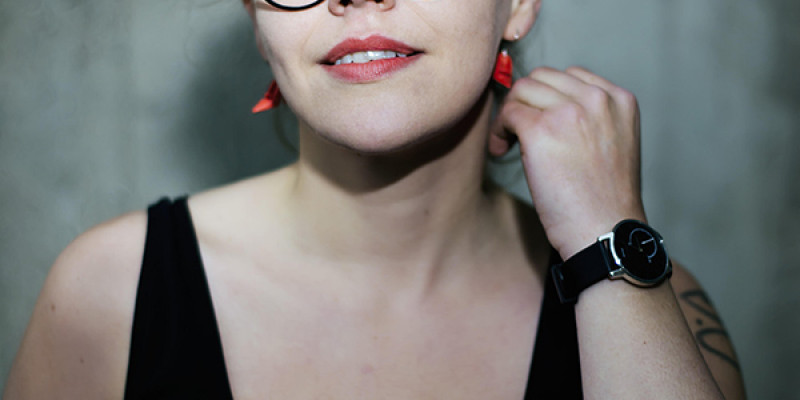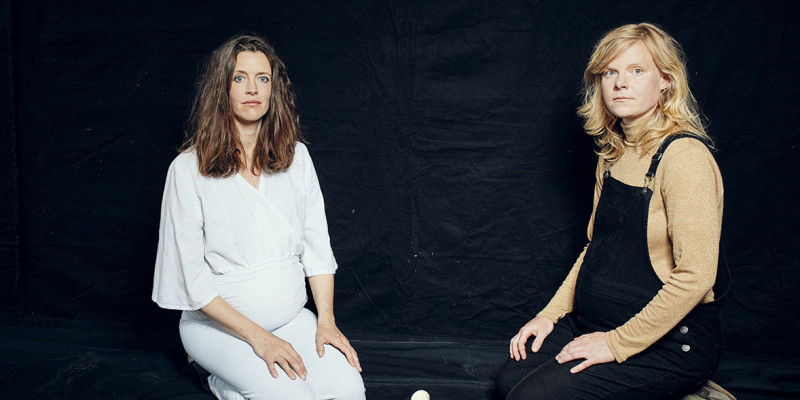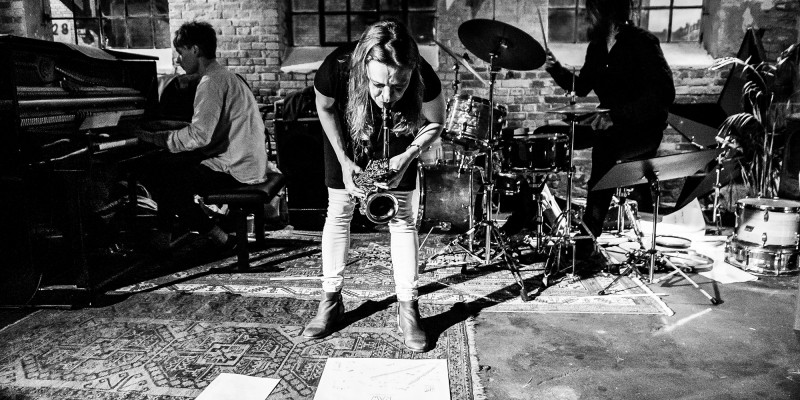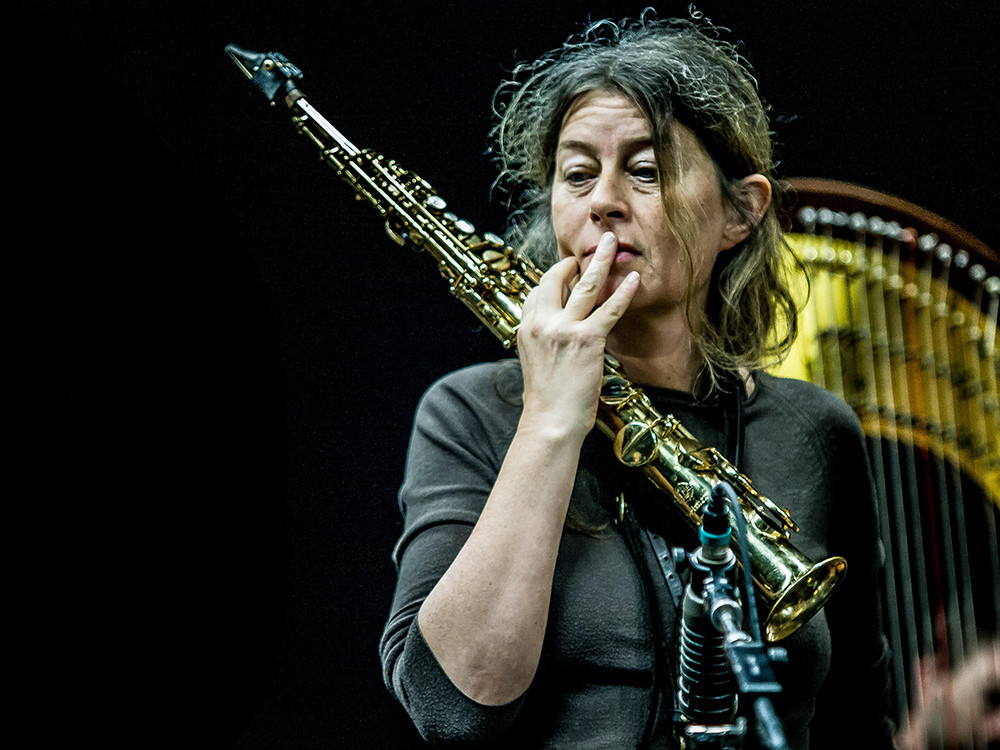
Hopefully we take a risk
For the last 25+ years, I have mostly worked with improvisation and composition in a hybrid and fluid field that can contain elements of free / experimental jazz, electronic, noise, new compositional music, etc.
My practice in improvisation ranges from 'free' improvisation to varying degrees of structured or conceptual improvisation: ie. a mixture of predefined and 'free' elements. 'Free' is in quotation marks, for no improvisation is ever completely free, even if it is free from following a score and free from certain style norms and rules. Contemporary improvisational music is also called instant composing, real-time composition , etc. I use improvisation in this text. My approach to improvisation is closely intertwined - or rather entangled - with my work with slow composition.
The unstable and uncontrollable can make the sounds live in vibrating and flickering
Slow composition
My slow composition practice has two sides:
On the one hand, composition for ensemble types where a score is to be produced. The score can be in varying form from scores with conventional notation to text-based and / or graphic notation or mixed forms of the three. There may be elements of free choice for the musicians expressed in different ways depending on which parameters are indeterminate.
The other side of slow composition is closely linked to my own instruments.
As an improvisational musician and composer, I am interested in constantly expanding and developing my vocabulary and musical expression from an exploratory point of view. I am attracted to the instrument's sound possibilities and potentials in various extended or alternative (incl. Homemade) techniques. It can be on the saxophone a wide range of different colors of sound, multiphonics, noise sounds, microtonality, use of objects (eg stroking with a bow on the sound piece or using mufflers in different material) etc.
Timing, silence and noise
It is important to me that new sound material / new techniques get integrated into my musical vocabulary and expression – that they get personalized. I can only use the material freely and intuitively if it becomes physically and mentally embedded and is immediately accessible in an improvisational context. For me, that process means: zooming completely into a sound and its subtle color transformations, compiling and testing connections between sounds in different contexts, reducing or deconstructing a pattern, working with timing and rhythm, relationships between sounds and the quality of silence in between, listen, feel, again and again. Does the sound / sounds / texture have a strong enough quality, and how can it / they be used?
One concrete example of zooming in may be the work of multiphonics. Multiphonics have different sound qualities and can be more or less controllable and resistant, but within a single multiphonic hides a universe of subtle timbres, noise sounds and movements: some multiphonics oscillate strongly, while others are more stable. I can split / isolate individual tones / sounds, oscillate between the spectrum of sounds, color the sound, create friction, destabilize stable multiphonics, etc. The unstable and uncontrollable can make the sounds live in vibrating and flickering – perhaps fragile – textures. It's a push to the limits of what the material can do – or what I can do with the material.
Although of course it is only one aspect of my practice, I find the border areas and the uncontrollable highly fascinating. Both as an aesthetic expression and as the mental exercise it is to be able to embrace and balance the uncontrollable in a 'controlled' (grounded) way. I send out sound, make subtle / almost imperceptible (sometimes unconscious) changes in embouchure, oral cavity / throat and airflow, and there are (perhaps) unexpected/surprising gifts coming back in the form of splitting overtones or noises.
It is only in the present that expression and form are created.
The now and chemical compounds
The exploratory way of working with the sound possibilities of my instrument is partly the same as in composition for other instruments but at the same time different: in the score composition I use piano / keyboard and performance skills based on my knowledge and experience of instrumentation etc. In score composition, I typically have from the beginning a more or less vague idea or idea of what the piece should 'be about', just as I typically know the instrumentation (and possibly the individual musicians): both are guidelines for the initial studies, ideas and sketches. Through that work can I start testing and defining expressions, transitions, form, etc.
Do I weave myself into the soundscape, and or do I push for the energy?
In working with my own instrument, ideas and material are generated in a direct physical way as an almost chemical compound. In this process, I also write down notes about qualities and possibilities in the material, but the studies should not result in completed structures or form. They have to become part of my vocabulary, which in turn has to be so open and elastic that I can take it into the context of an improvisation. It is only in the present that expression and form are created.
In the 'now', of course, it's not just WHAT I play, but just as much WHEN and HOW I interact with the others and the space (or myself and the space in a solo situation).
Timing, breaks, energy and dynamics: when I choose to play and when not to play with the energy and intention? Do I weave myself into the soundscape, and or do I push for the energy?
Maybe I choose to play something that can expand and create edge and friction, maybe to densify and reinforce an ongoing complex texture or maybe put myself into it as a soft coloring.
Maybe I create contrast: playing in a different pulse – for example, broken lines in very slow motion towards fast texture or vice versa: quickly fragmented towards something slow and stable. Or contrasts in the choice of register, noise or dissonance in a tonal landscape, creates friction in a smooth sound image, a sudden marked statement, etc.
Hopefully I/we take a risk. Stepping into the unknown and putting something at stake is a great quality in improvisation.
Magical things
All the intuitive choices depend on how I hear and feel the music and my own voice (or voices) in it at the moment.
Despite the material processed, I can still in the moment in improvisation still from time to time hear myself play something I (maybe) have never played before - or suddenly fragments of musical or other sensory memory appear. It is one of the magical things in improvisation that one must open up to.
Precisely because improvisation is based on intuitive choices, the intuitive approach can lead to a variety of habits in listening and choices, which can become unhealthy and predictable. For me, the musical intuition must be regularly stimulated and challenged by intellect and reflection. It can, among other things. stay through the slow material explorations and in composition – including playing other people's compositions. Playing in many different constellations and ensemble types is also an educational confrontation and challenge of any habits: collaboration with different types of electronic musicians, for example, has contributed to my music gradually shifting more into experiments and studies, where sound and texture is in focus. The movement towards an intensified focus on studies of sound has taken place and is taking place in large parts of contemporary improvisational music in parallel with the same development in parts of Western compositional music.
Freedom and discipline
My music still includes elements of something melodic and a close relationship with heart rate and rhythm, and I play just like in an expressive free jazz-group in an improvisation constellation that examines subtle sounds, noise and silence.
I also like just as much the slow composition processes and the 'composition of the moment' in improvisation. All three ways of creating music are intertwined in complex, visible and invisible ways: intuitive choices and the way of listening and interacting in the context of improvisation are influenced by the compositional work, and my compositional work is influenced by experiences or inspiration from improvisation and instrument examination. The entanglement and tension between freedom and discipline, between conscious and unconscious, the humility towards the uncontrollable is for me a persistently challenging and fascinating learning process.
English translation: Andreo Michaelo Mielczarek
